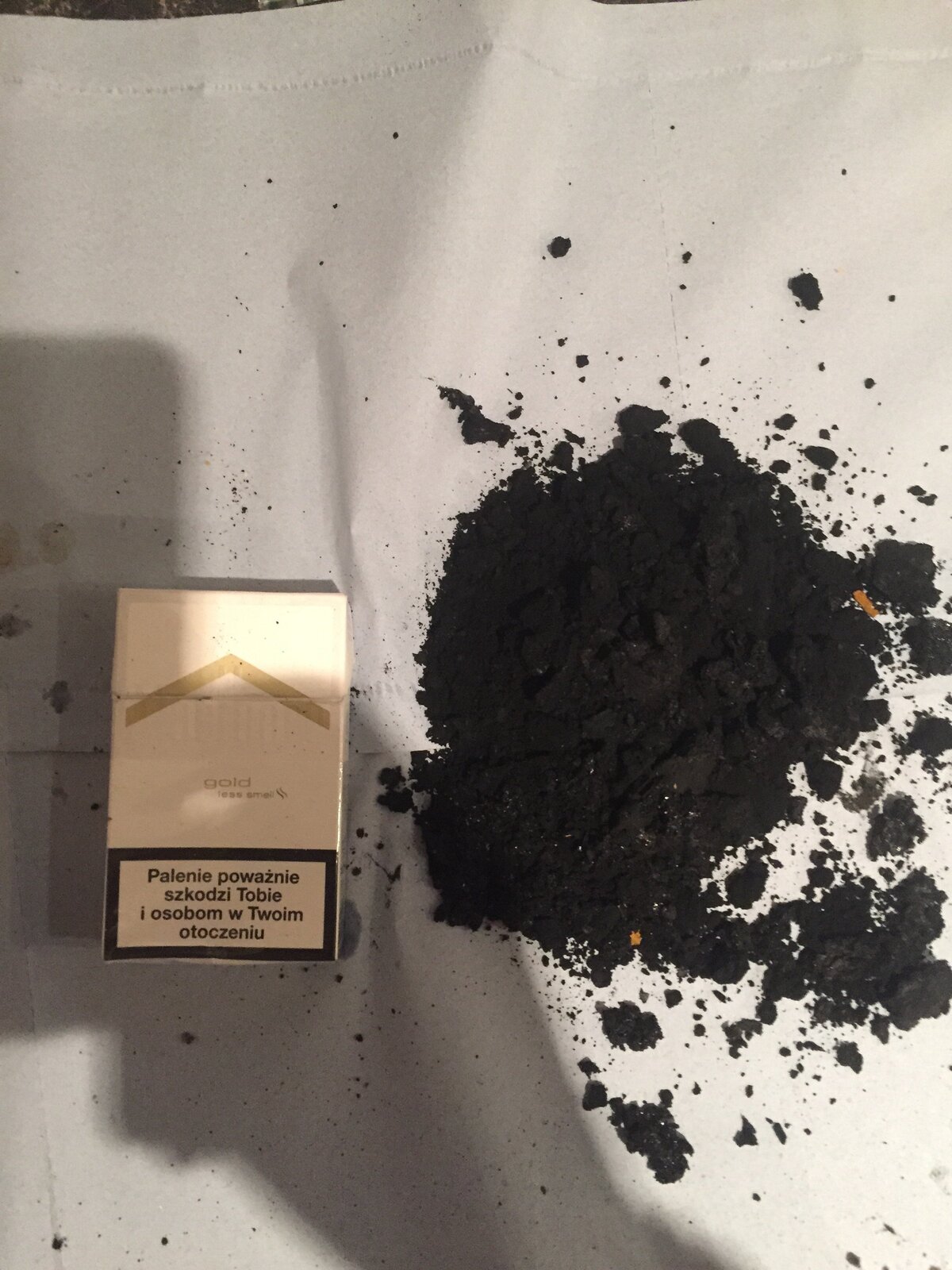- Joined
- May 20, 2010
- Messages
- 5,822
Following what another forum member has had recently by using a product to clean his intake. Then finding issues with his engine. After opening the engine up he found issues.
This is has been long overdue for me. I've got egr blanking plates on the shelf and I've been waiting to get time to sort it. My egrs and inlet is wet with oil now.
I grabbed a spare Inlet pipe off the shelf so I can clean it before I fit it to my truck. Didn't get a photo before but thought I'd upload a pic of the amount of crap that was in there. Still more but I'll do that with some kind of cleaner.


This is has been long overdue for me. I've got egr blanking plates on the shelf and I've been waiting to get time to sort it. My egrs and inlet is wet with oil now.
I grabbed a spare Inlet pipe off the shelf so I can clean it before I fit it to my truck. Didn't get a photo before but thought I'd upload a pic of the amount of crap that was in there. Still more but I'll do that with some kind of cleaner.







